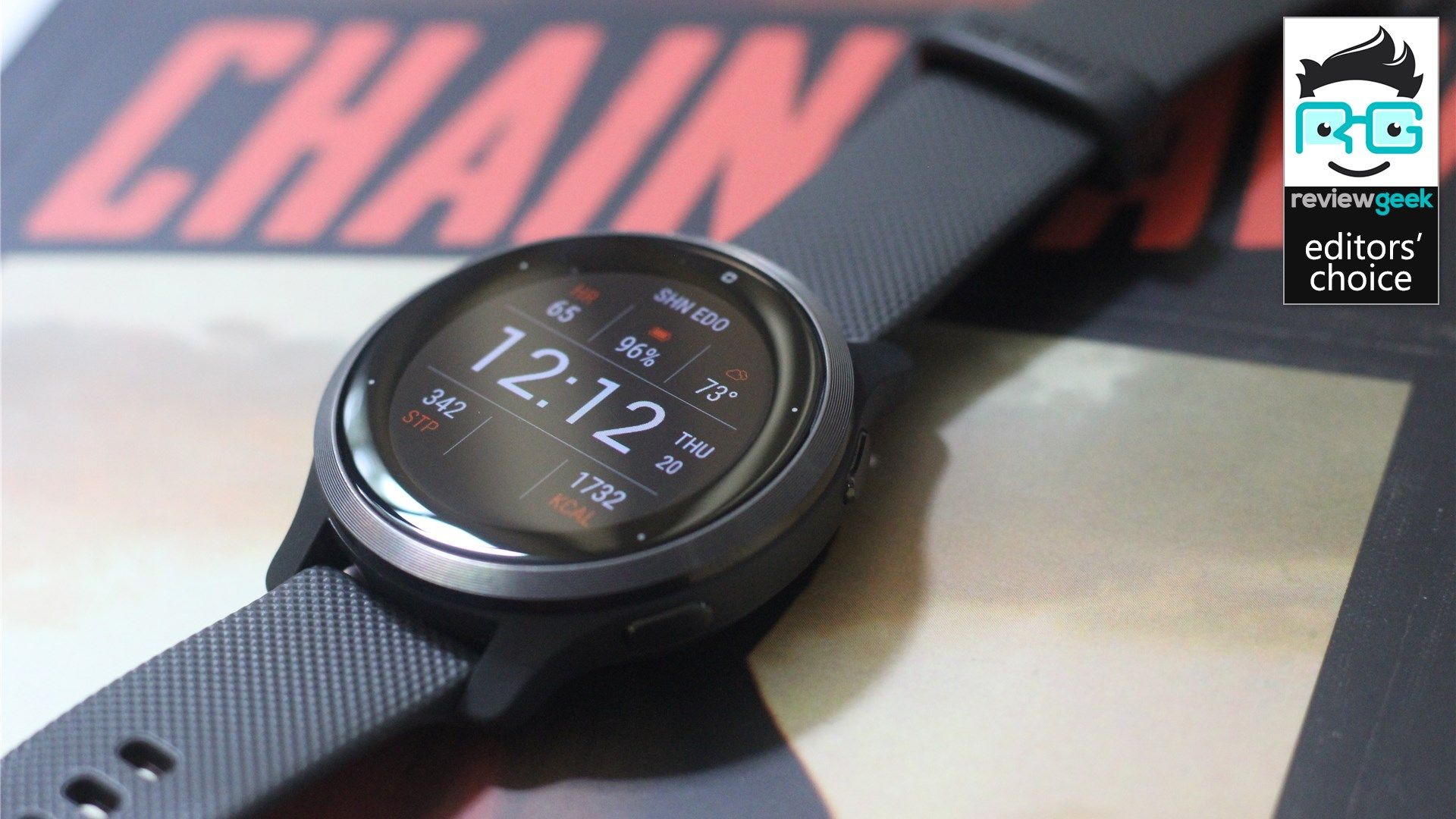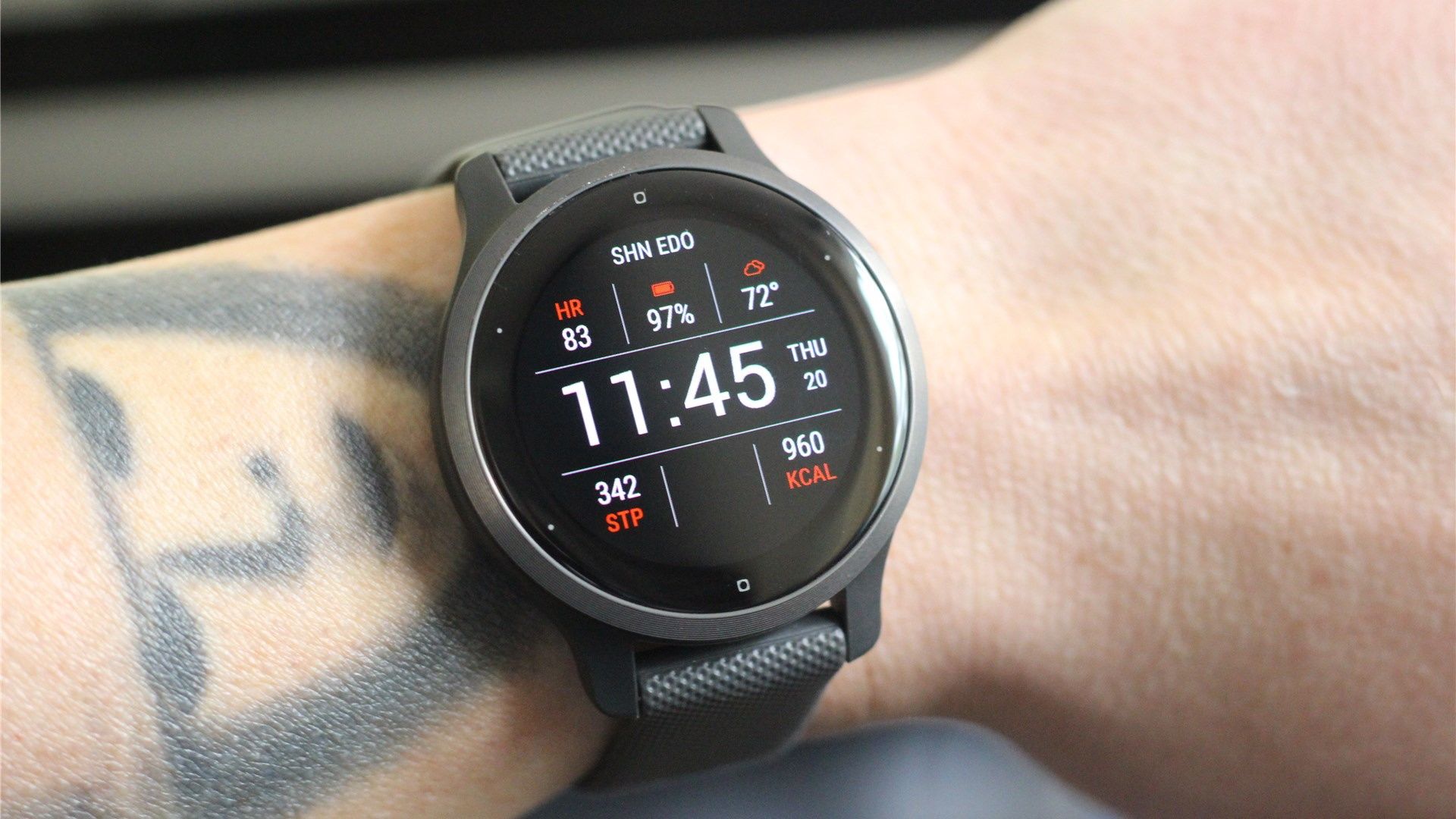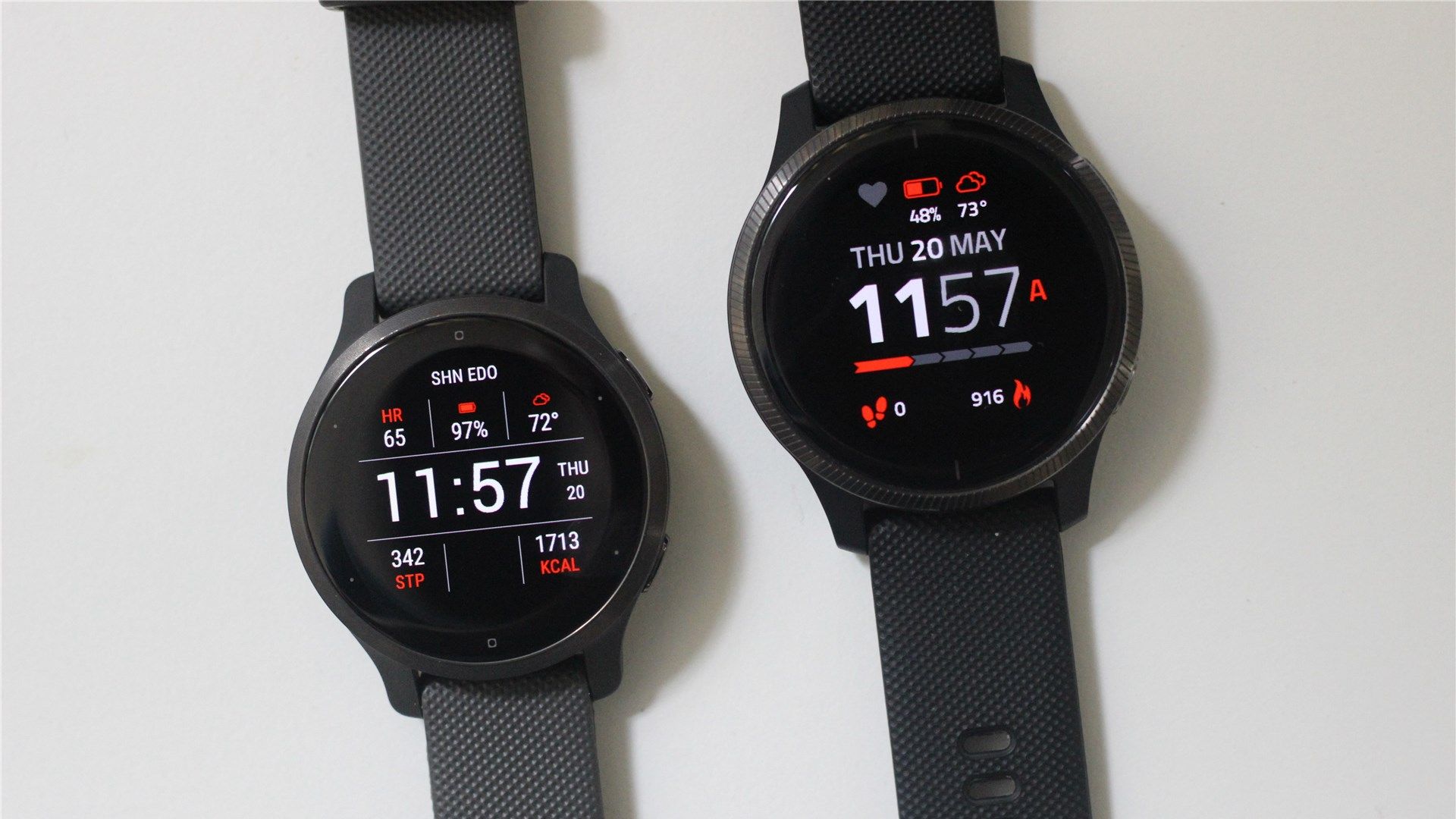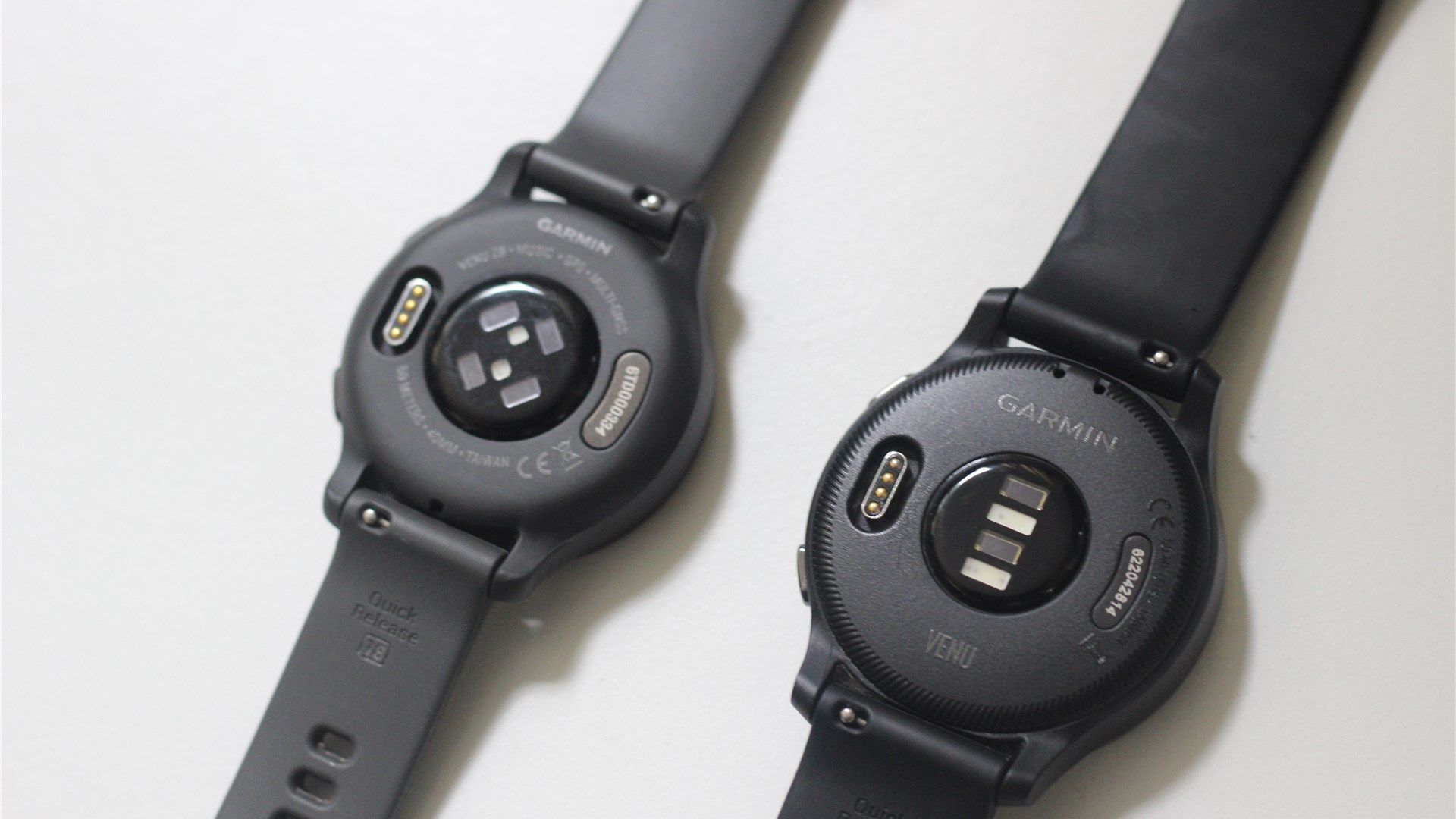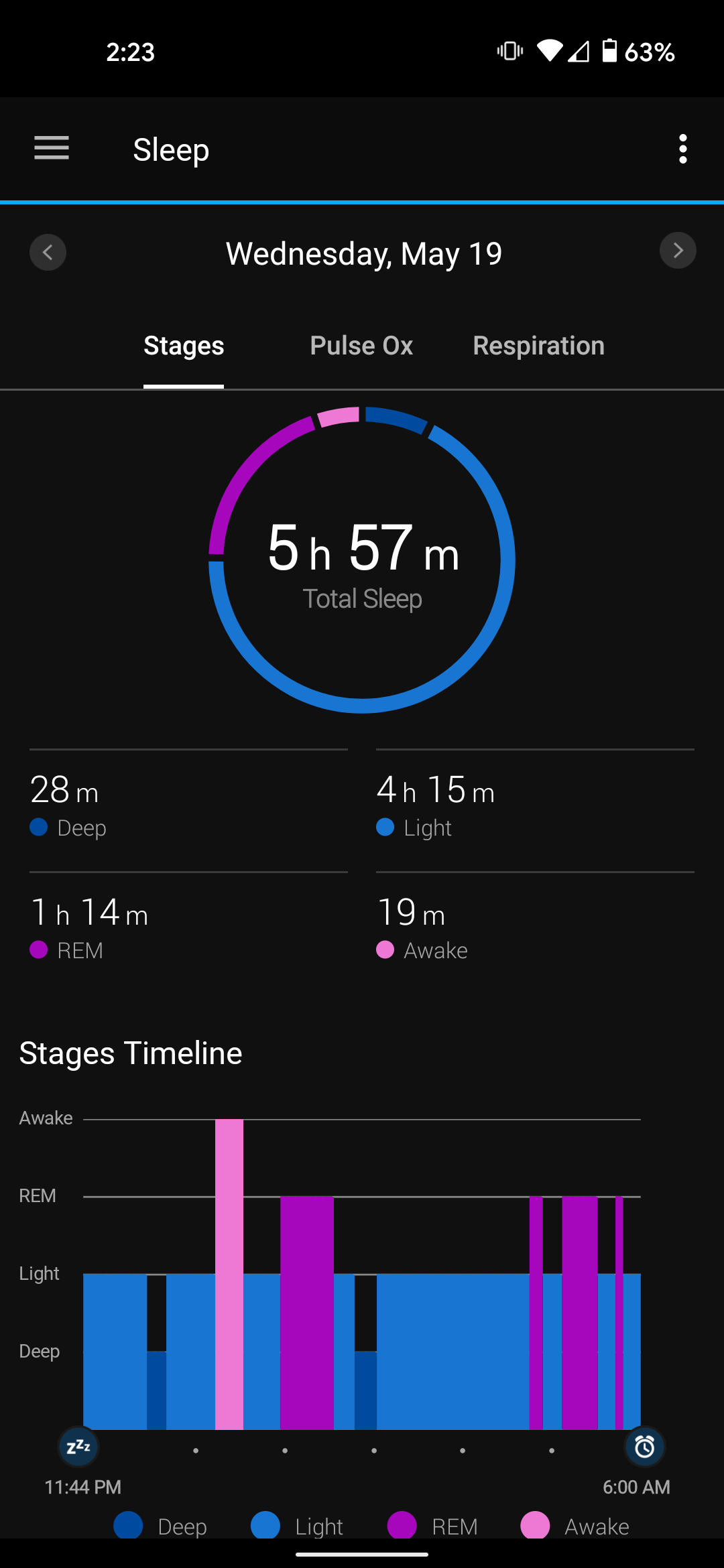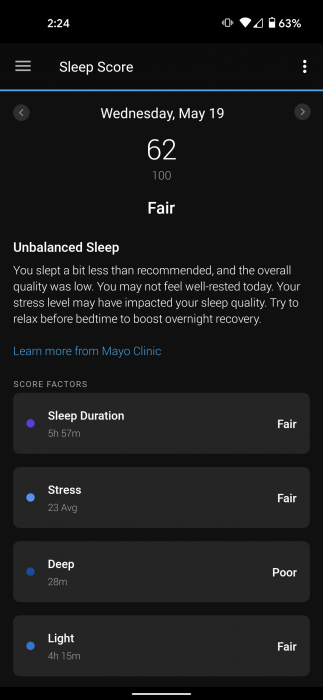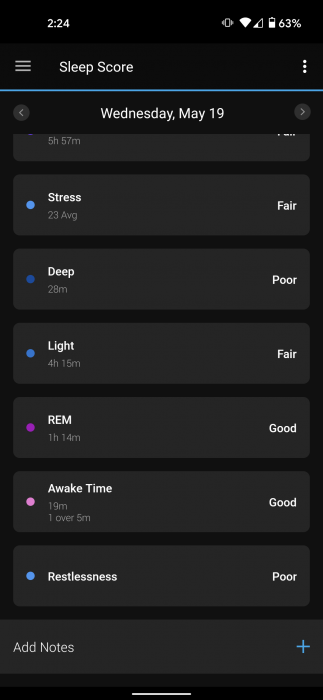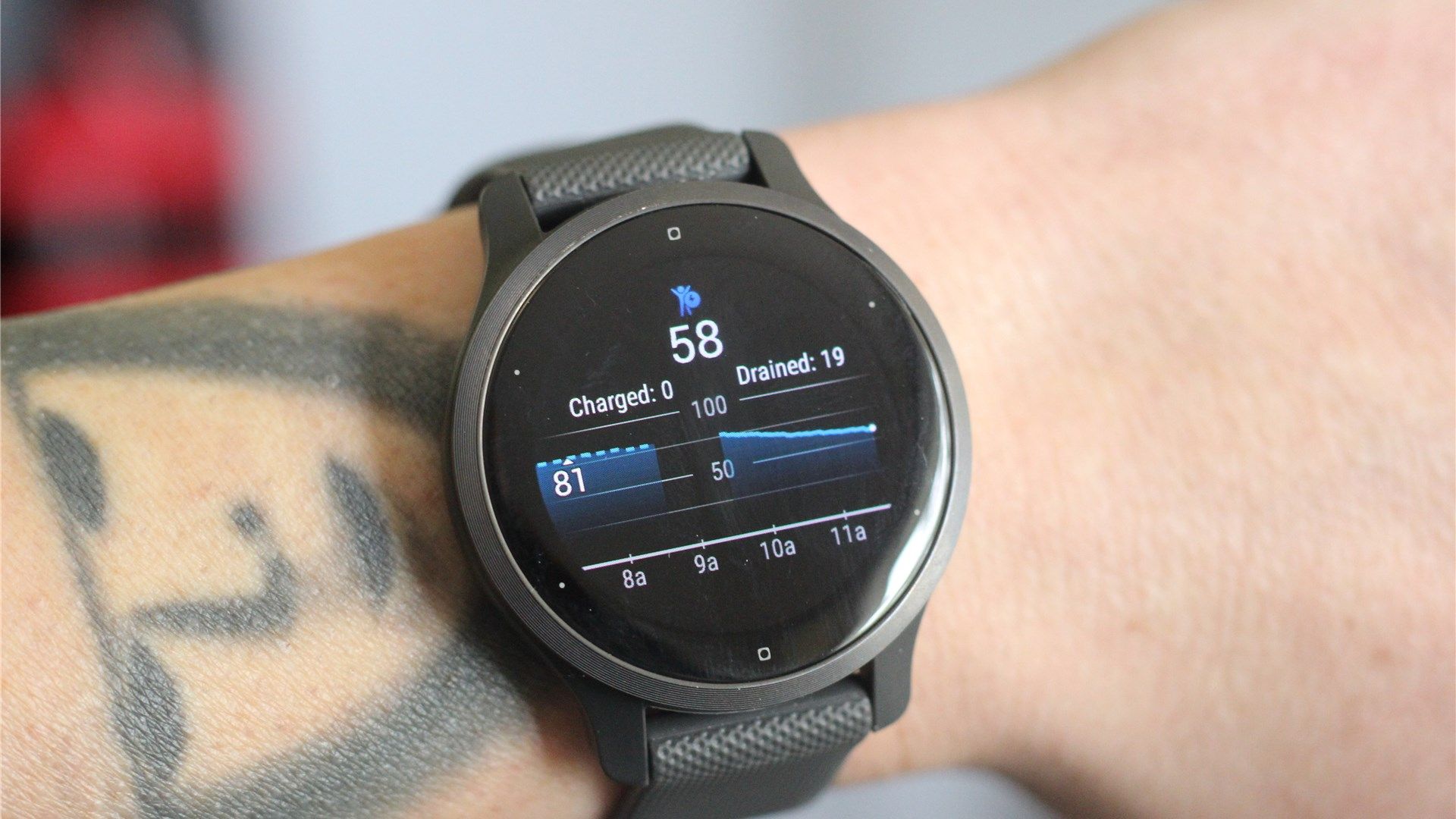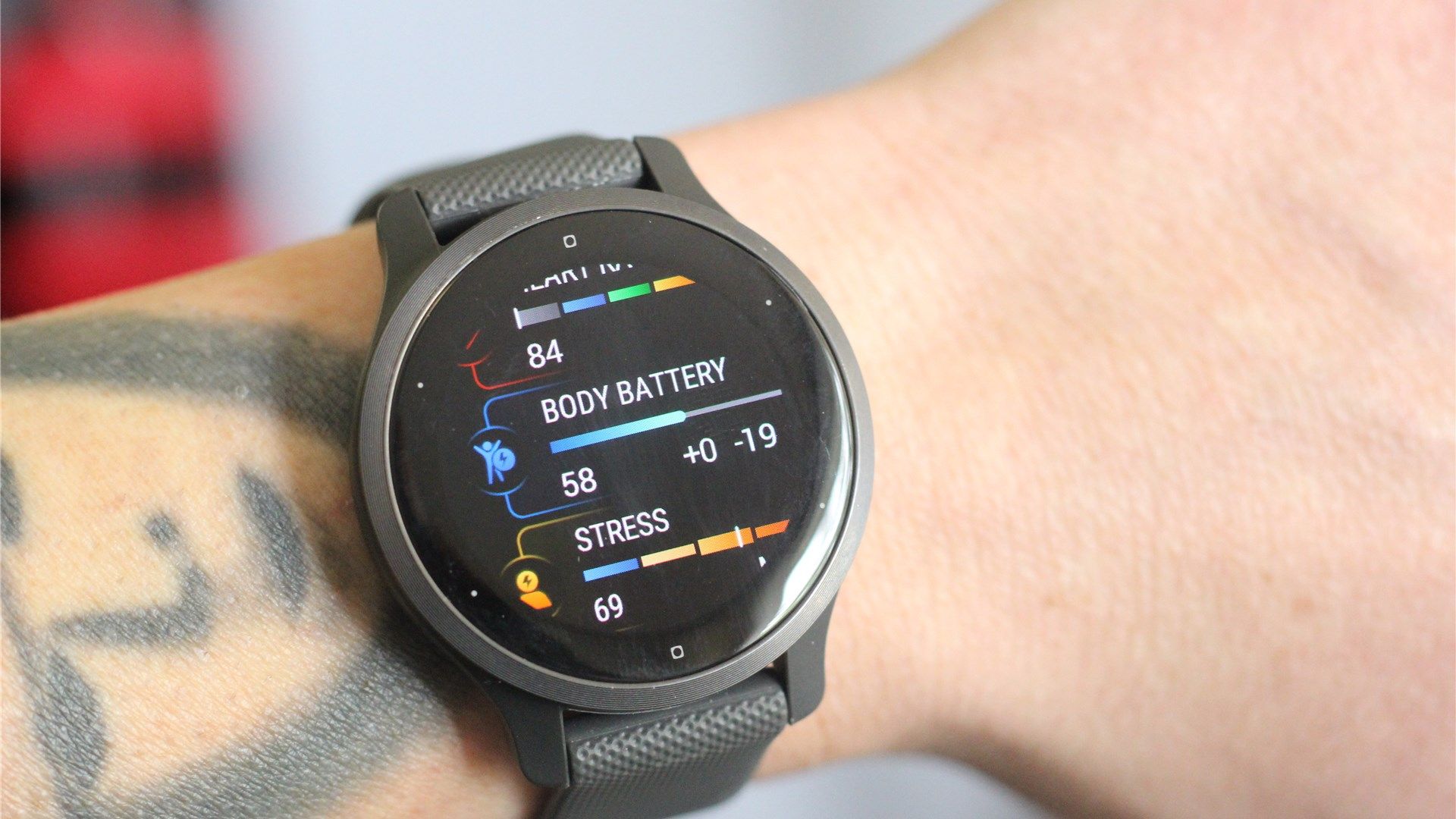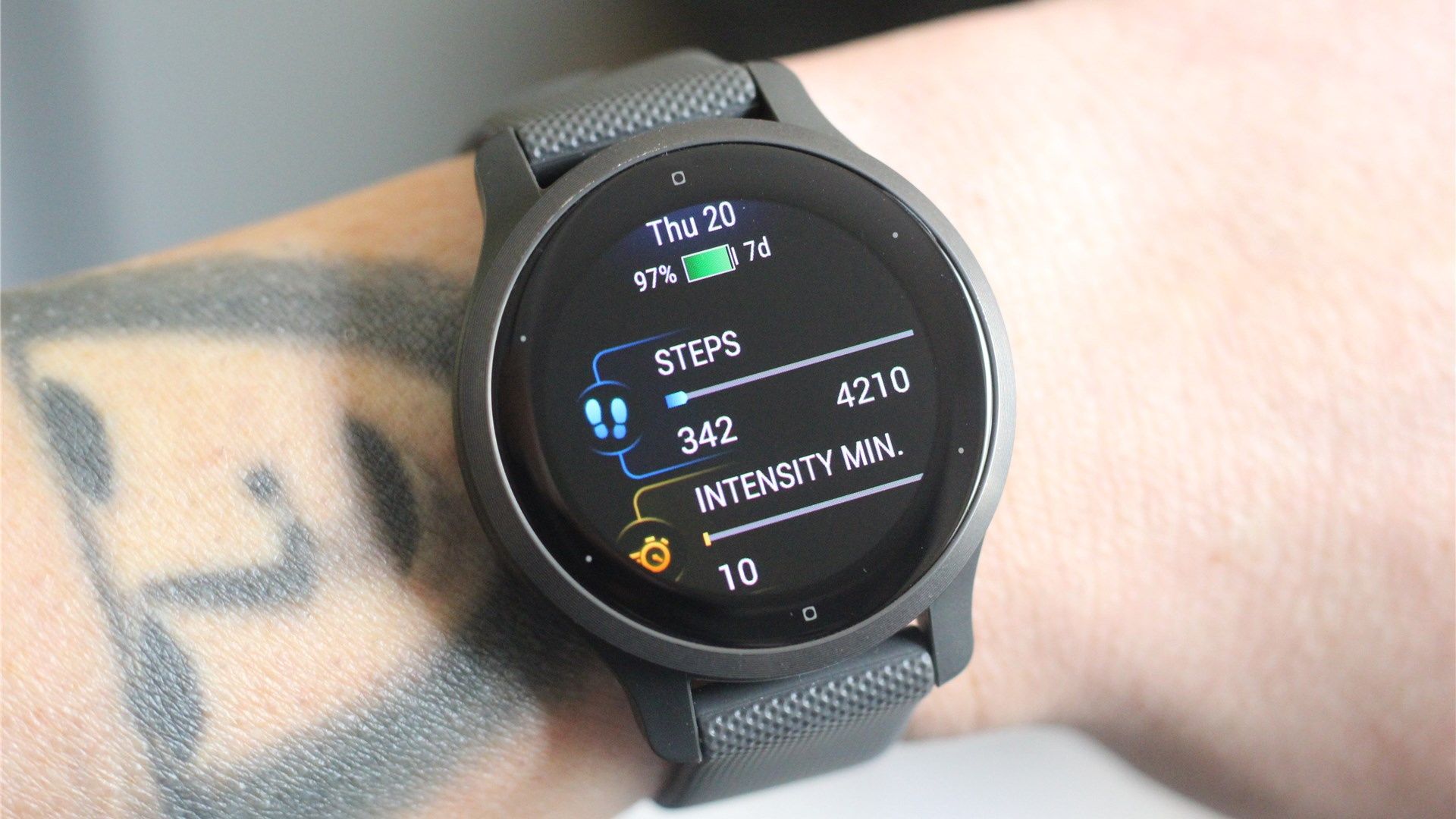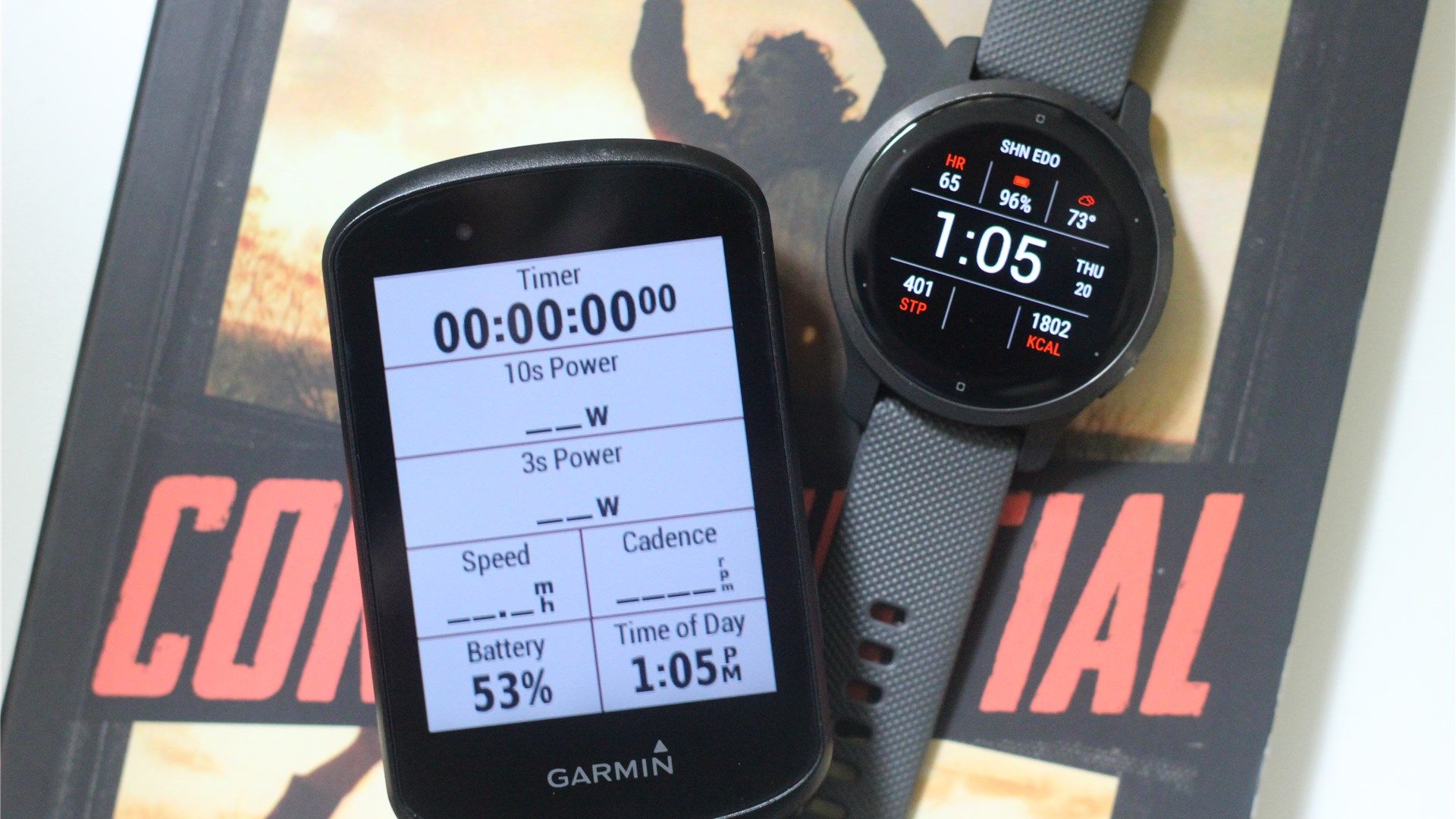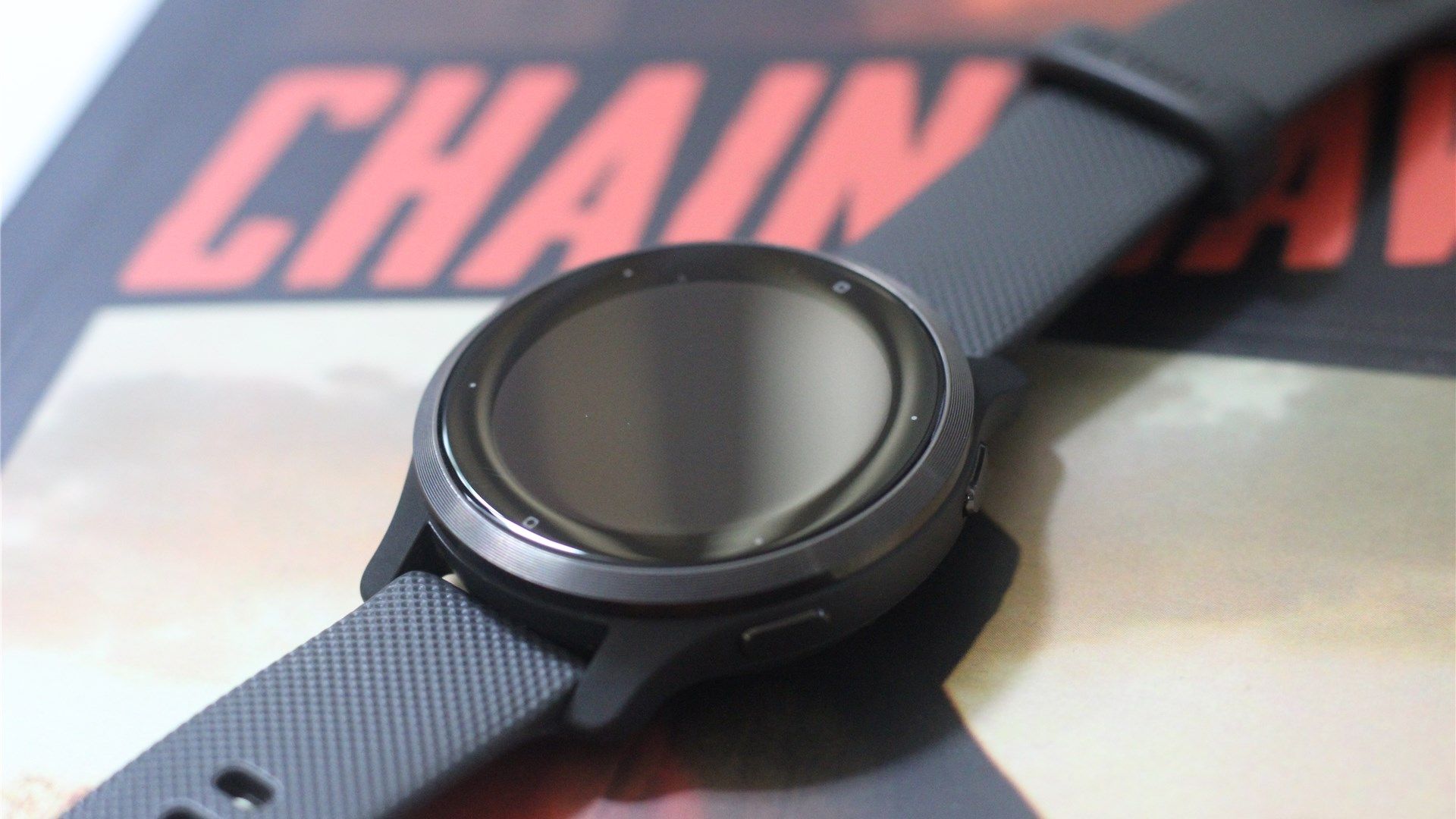Quick Links
If you're looking for a fitness smartwatch, the Garmin Venu 2 is a great choice. It's better than a Fitbit Sense, has all the features most "regular" users could want and is a notable upgrade over the original Venu. It's an excellent all-around watch.
Last year, I decided to make the move from Fitbit to Garmin for my smartwatch needs. Because I currently use a Garmin Edge 530 for cycling, I opted for the Venu---a lifestyle fitness watch---instead of one of the multisport watches. My issues with the way Garmin handled the ransomware attack last year notwithstanding, I am invested in the Garmin ecosystem. I wanted the Garmin Connect app to be my one-stop-shop for all of my fitness needs.
I liked the Venu well enough to stick with it, but there were things I wished it handled better. Notifications, sleep tracking, battery life---all of this (and more) could've been better.
Enter the Venu 2, where all these things (and more) are better.
While I'm reviewing the Venu 2S here, it's virtually identical to the "regular" Venu 2, save for the size and battery life. The 2S is smaller and the 2 is larger (this is true relative to each other and the original Venu); as such, the battery life of the 2S is also slightly shorter. For the intent of this review, however, you can apply everything said about the 2S to the 2, though I'll make it a point to note any differences where applicable.
Table of Contents
- Not Quite a Smartwatch, but More Than a Fitness Tracker
- The Venu 2 in Use: Better Than Its Predecessor in Every Measurable Way
- But It's Not All Perfect
- Conclusion: An Incredible Lifestyle Watch with Meaningful Features
Not Quite a Smartwatch, but More Than a Fitness Tracker
The Venu 2 is from Garmin's "lifestyle" watch line---the company refers to this category as "Fashion and Hybrid Smartwatches." I agree with that assessment because it's not quite as powerful as something like a Fenix or Forerunner, but it's far more powerful than something like a Vivosmart or Vivofit. It's a great middle-ground fitness watch for all but the most die-hard users with very specific needs.
The only stretch I see here is the "smartwatch" part, because that all comes down to how you define what a smartwatch is. If you're looking for digital assistants, smart home integration, apps that sync from your phone, or similar features, this isn't the watch for you. No Garmin is, really. The Venu 2 is "smart" in that it can mirror notifications from your phone, you can use smart replies (Android only), accept/reject calls, and control music that's playing on your phone.
I'd say it's a "smartwatch" in the most basic of terms. If you're looking for more smartwatch features, something like an Apple Watch Series 6 or Samsung Galaxy Watch 3 will be a better fit for you. But if you're looking for a supercharged fitness watch with smart features, the Venu 2 is where it's at.
When it comes to fitness, there's not a lot this watch can't track. I could list everything here, but honestly, it would take up a lot of space, so instead, I'll direct you to Garmin's full list. There are some specifics worth pointing out though:
- Always-on heart rate sensor (Elevate v4)
- Pulse Ox monitoring (always-on, sleep only, or off)
- Advanced sleep tracking with sleep score and insights
- Stress tracking
- Women's health tracking
- Sensors: GPS, GLONASS, Galileo, barometric altimeter, thermometer, gyroscope, accelerometer, ambient light sensor
And of course, you'll get the basics here: step tracking, calories burned, hydration tracking, floors climbed, heart rate zones, resting heart rate, abnormal heart rate alerts, breathing rate, and a lot more. As I said, if you want to track it, there's a pretty good chance that this watch can handle it.
There are few omissions, however, mostly in external sensor support. For example, if you're a cyclist there's no direct support for power meters, though there is a workaround using Connect IQ. (It's not great but works in a pinch.) I figure Garmin expects people who want that level of support to either buy a higher-end multisport watch or a dedicated cycling computer. It makes sense to me.
There are also built-in workouts. Directly on the watch, you can get animated workout guidance---strength training, yoga, Pilates, and HIIT workouts are all baked right into the watch. if you're a runner, there's also Garmin Coach to help you get ready for 5k, 10k, or half-marathon runs.
Finally, let's talk about the bands. The Venu 2S uses 18mm quick release bands, while the larger Venu 2 uses 22mm quick release bands. That means both watches use industry standard bands, so you can change them out easily. I find Garmin's stock bands to be among some of the highest quality and most comfortable I've ever worn, though. No skin irritation at all like I had with the Wyze Watch's band (or other cheap silicon replacements).
The Venu 2 in Use: Better Than Its Predecessor in Every Measurable Way
I could probably write a few thousand words about what I love about the Venu 2, but I'll try to keep it tight. There's so much to love about this watch from a fitness/lifestyle perspective, especially compared to the original Venu.
I can't overstate that last point enough. When I originally wrote about the Venu 2's release, I knew it sounded better than the original Venu, at least on paper. It wasn't until I get the Venu 2 on my wrist that I was really able to feel that difference. It's tangible and significant.
It's not all different, though. The excellent AMOLED display is still present on the Venu 2, which is a big selling point. It's beautiful. As mentioned above, lots of the sensors are still the same, too, including the barometric altimeter (for floor/stair climbing stats).
The New Heart Rate Sensor Is Better, But Still Not Perfect
As for the differences, they're vast. It starts with Garmin's new in-house Elevate v4 heart rate sensor, which is more accurate than its predecessor because it has double the IR sensors. Unfortunately, Garmin doesn't really get more detailed than that. In use, I've found it to be more accurate in casual use---sleep tracking, resting heart rate metrics, etc. But during workouts, I've had the same experience with the Elevate v4 as all other wrist-based trackers that I've used: It just doesn't pick up my elevated heart rate.
I've yet to figure out why this is, but I do know it varies depending on the activity. If my arms are moving a lot (e.g., walking) it's far more accurate than if they're stationary (like when cycling). When I'm on the bike, the Venu 2 will often fail to even detect an elevated heart rate---it will read 80-90, while my chest strap HR sensor is reading 50-60 beats higher. Even as I work harder and hit 170+ BPM, the Venu 2 will barely get over 100.
Fortunately, it supports external heart rate sensors, which I would recommend if you plan in using the watch for activity tracking. Because I also have a Garmin Edge 530 cycling computer, I don't worry too much about the watch's sensor during cycling activities.
Firstbeat Sleep Tracking Puts Garmin on Par with Fitbit
Past that, the Venu 2 also adds support for Garmin's Firstbeat sleep tracking, which is vastly superior to the company's standard sleep tracking. It offers better sleep detection, including time in bed where you're not asleep and nap tracking, as well as a sleep score (a la Fitbit) and advice on how to get better sleep. It's all relative of course, but I've found the Firstbeat tracking to be much more useful than its predecessor. I longed for Firstbeat on the original Venu, and still hope (in vain) that Garmin decides to update it.
If you've ever used a Fitbit with sleep tracking, you're already familiar with the basic premise of how Firstbeat sleep tracking works, too. The two are very similar in design, though I feel like Firstbeat is still more accurate, especially when it comes to time awake. Fitbit often told me I was awake for an hour or more every night, which I just find hard to believe. Garmin's Firstbeat seems to track this much closer to what I feel.
Body Battery Is a Way to Monitor Your Body's Recovery
One of my favorite features on Garmin watches is Body Battery. This isn't new (or even improved) on the Venu 2 over the original, but it's still worth talking about for anyone who isn't familiar. This takes into account your HRV (heart rate variability), stress level, and activity to give you a quantifiable look at your energy level.
Basically, just like your phone's battery starts to lose charge as you use it, your body runs out of energy as you expend it. The point of Body Battery is to give you a measurable look at what you may be feeling. So if you slept poorly (or not enough) and you've been stressed, your Body Battery number will likely be low. But if you take a rest day and sleep well, it will be high.
Then, as you expend energy throughout the day, it will drop. Another way to think of it is as a recovery tracking metric. It seems to be very similar to what Whoop is doing; in fact, I have a Whoop band in for review now and will be directly comparing the two in detail later.
Glances Are One of the Best Features on the Venu 2
On the original Venu, every widget installed on the watch got its own full-screen page. So if you add the step counter, calorie tracker, Body Battery, weather, and notifications enabled, each one would take up a full-page that you had to scroll through.
With the Venu 2, however, Glances fix this. Instead of a full-screen page for every metric, you get more of a shade-like menu with a running list. In this list, you can glance at each entry that you want to track. You can also tap on each one to see the bigger picture. It's absolutely brilliant and one of my favorite features of the Venu 2.
So, for example, let's say you're using the notifications, weather, sleep, body battery, and heart rate Glances. When you swipe down on the Venu 2's clock face, it will show a condensed list with each of these metrics with just the most "crucial" of information. To get more info on each one, tap on it. This will open the full widget.
I love Glances so much.
Battery Life Is Measured in Days, Several of Them
Garmin claims the Venu 2 gets about 10 days of battery life, and the 2S gets about 9 days. While I'd say this is a best-case sort of scenario, you can realistically expect about a week with "regular" use. Of course, your version of "regular" and mine are likely different, so this will vary.
For reference: I just wear the Venu for daily tracking---steps, sleep, etc. Because I cycle with an Edge 530, I didn't regularly use the Venu 2 for any sort of GPS tracking (just for testing). I have most notifications enabled, always-on display disabled, and pulse ox set to record only at night. On average I got about six days out of the Venu 2S. The larger Venu 2 should probably get about a week.
If you use the GPS to track workouts regularly, then that will have an impact on battery life. Similarly, if you use the always-on display, expect a dramatic hit. While testing this, I could only get about two days with the always-on display enabled. That's probably fine if you don't mind topping the watch off daily, but I don't personally find the AOD valuable enough to justify the tradeoff. The watch is plenty responsive enough when I raise my wrist to see the time.
If you find yourself in a pinch, there's also a "battery saver" setting that essentially disables most of the sensors and whatnot to dramatically extend battery life. Naturally, this also makes the watch less useful---but hey, at least it won't die.
But It's Not All Perfect
If I had to ding the Venu 2 for anything, it has to be the lack of a truly integrated Garmin ecosystem. To be fair, this isn't a ding on the Venu 2 itself as much as it is Garmin on the whole. And it also likely won't matter to anyone who doesn't own multiple Garmin devices.
As I stated in the opening paragraphs, I made the decision to ditch Fitbit and switch to Garmin because I already own a Garmin Edge 530 cycling computer. I've been riding with Edge computers since the 500, so I'm well established in the Garmin ecosystem. I wanted a watch to compliment that.
The Venu/Venu 2 is close to that, but sometimes I feel like there's a case of the right hand not knowing what the left is doing here. I wish that Garmin's tech was evolved enough to recognize when other Garmin devices are present and connected.
For example, sometimes when on the bike (where I track every ride with the Edge 530), the Venu 2 (where I'm not tracking the ride) will tell me my heart rate is elevated and send a relax reminder. If both the Edge 530 and Venu 2 are connected to the same phone, I wish they were more aware of each other. At the very least, the Venu 2 should recognize the Edge 530, see that it's recording an activity, and not send silly notifications like relax reminders.
Ultimately, I just wish there was more communication between Garmin devices when connected to the same device. A truly unified experience would make ownership of both a watch and a cycling computer truly amazing.
Conclusion: An Incredible Lifestyle Watch with Meaningful Features
As I said above: If you want the smartest of smartwatches, this likely isn't the watch for you. But if you want a badass fitness watch with just enough smarts to get by, the Venu 2 is my pick for the best you can get today.
It has nearly all the chops you'd want from a fitness watch, along with a beautiful display, excellent interface, and killer battery life. Firstbeat sleep tracking is a truly meaningful update here, as are Glances. Coming from the original Venu, which I liked, I find the Venu 2 to be a truly great upgrade.
With Google's purchase of Fitbit and recent announcement to move its health and fitness features to Wear, the future of Fitbit (and its usefulness) is questionable. If you're a Fitbit user looking to make the jump to a premium fitness watch, it doesn't get much better than the Garmin Venu 2 and 2S.
You won't even have to pay extra for premium features.
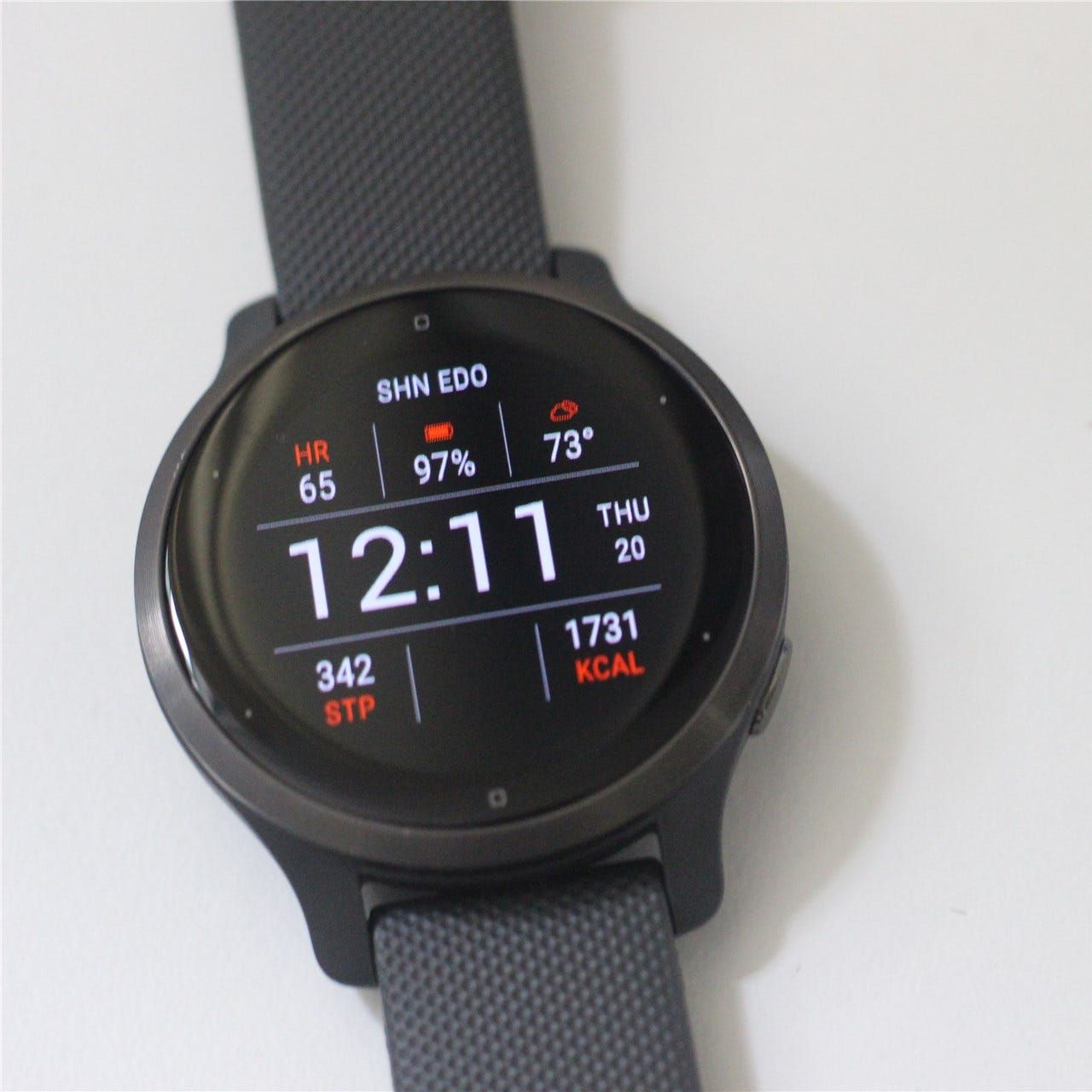
Garmin Venu 2/2S
- An excellent fitness watch for almost everyone
- Glances are great
- Tracks a ton of different workouts/metrics
- Killer battery life
- Needs better integration with other Garmin devices
- Only a smartwatch in the most basic sense

